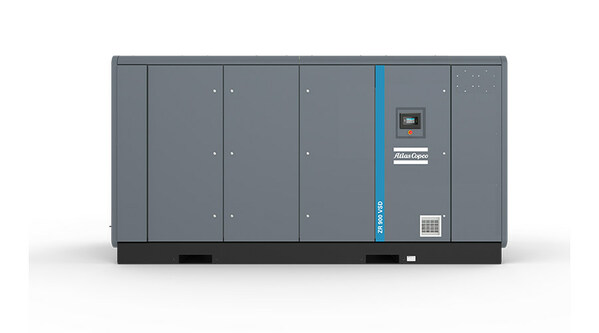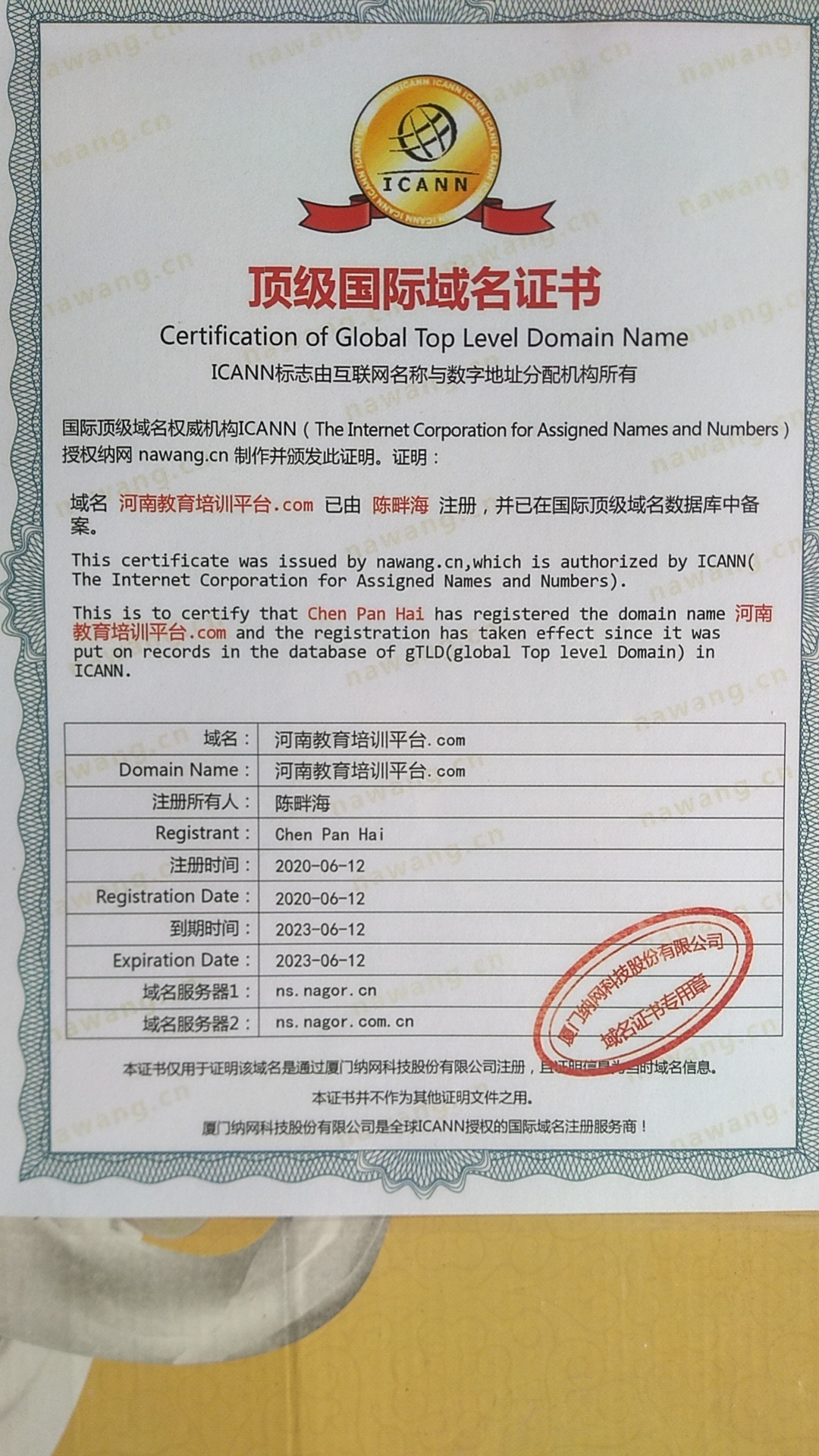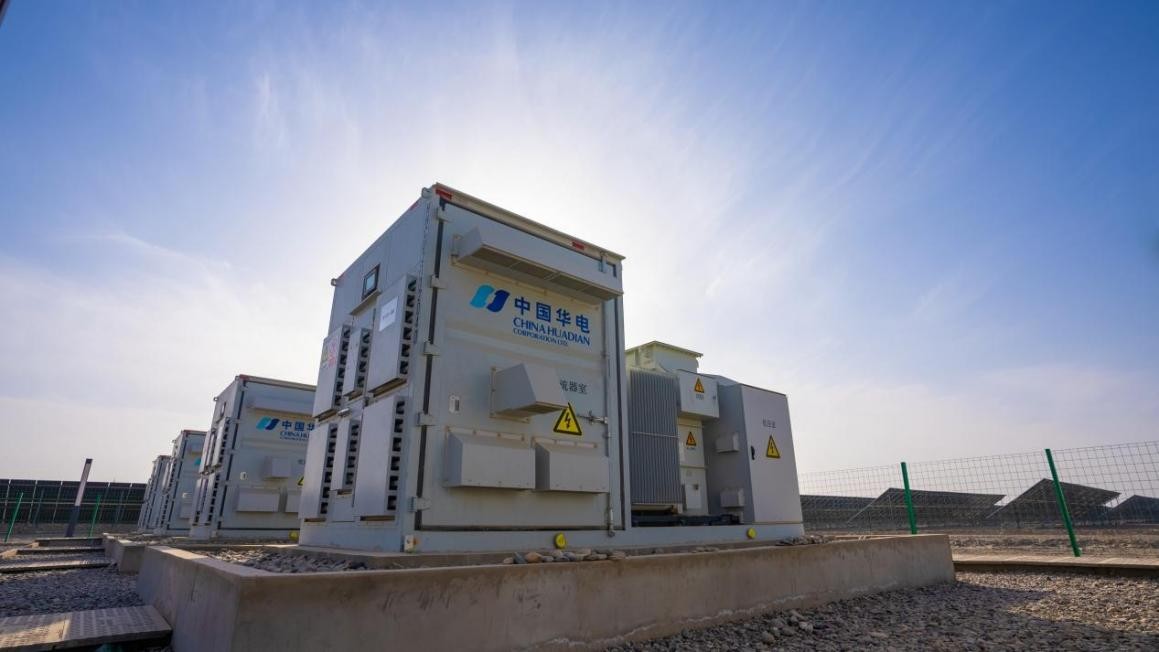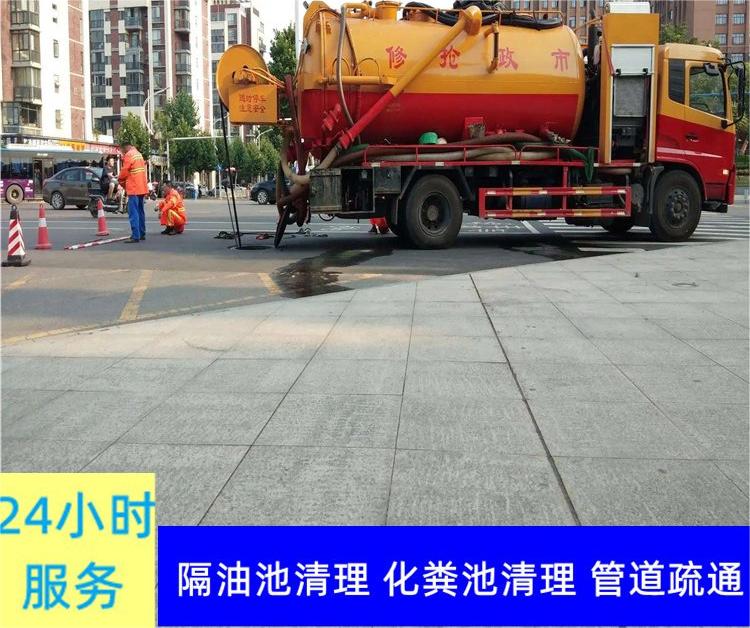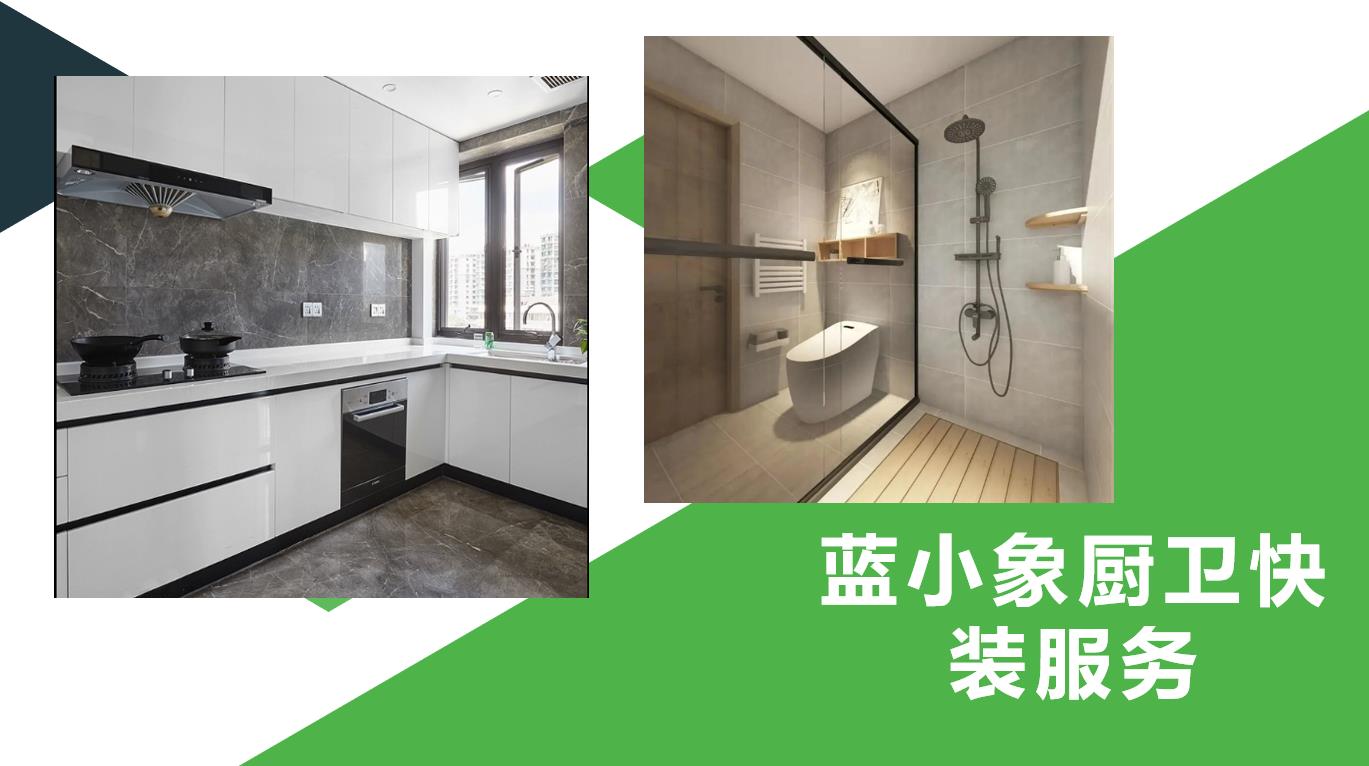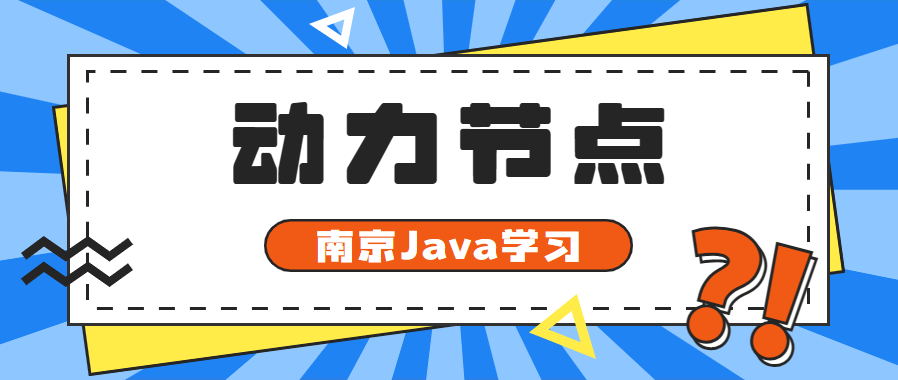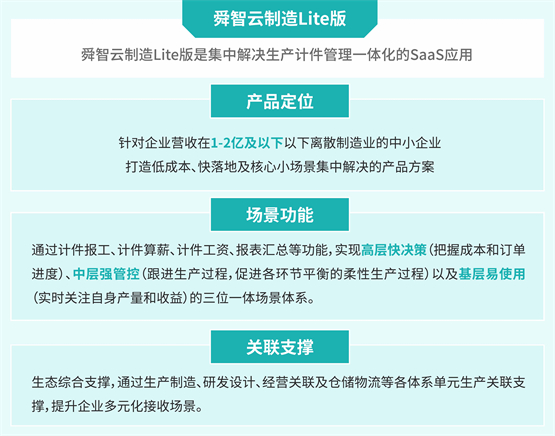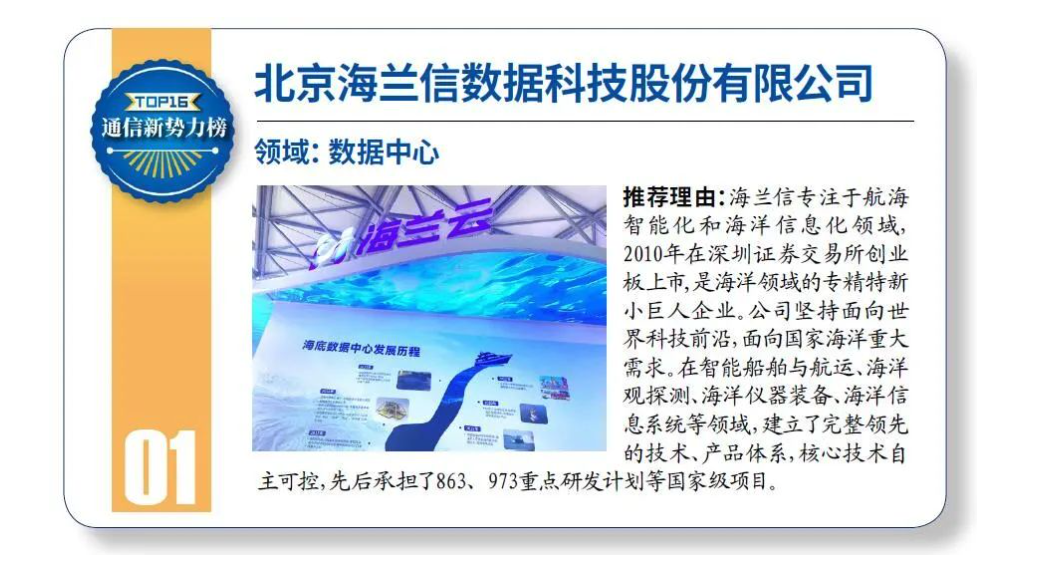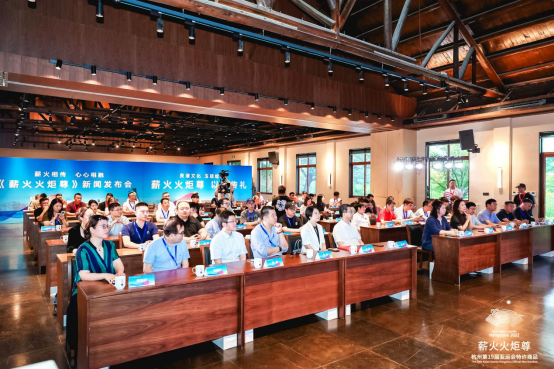西安藝術品交易精品推薦:漢五銖銅錢
此藏品圖片為胡先生實物拍攝,(實物與圖片一致)
藏品名稱:漢五銖銅錢
藏品編號:SXXAYSP-20220904-56
藏品規格:以實物為準
藏品重量:以實物為準
藏品估價:議價
六朝即建都南京的三國吳、東晉、南朝宋、齊、梁、陳六個朝代。這一時期五銖錢除鑄造粗劣且錢文革率、筆畫不全。有將“五銖”寫成“五金”者,也有寫成反文“銖五”的。但期間五銖錢也有個別例外的,如北魏“太和五銖”,“永安五銖”,史稱“重如其文”,質量上乘,不僅使人想到北魏孝文帝的一系列成功改革。
The six dynasties were The Three Kingdoms with Nanjing as their capital: Wu, Eastern Jin and Southern Song, Qi, Liang and Chen. This period five baht money in addition to casting coarse and Qian Cultural Revolution rate, not complete. There will be "five baht" written "hardware", there are also written in reverse text "five baht". However, during the period of five baht money there are some exceptions, such as the Northern Wei "Taihe five baht", "Yongan five baht", history said "as heavy as its text", quality, not only reminds people of the Northern Wei Xiaowen emperor a series of successful reforms.
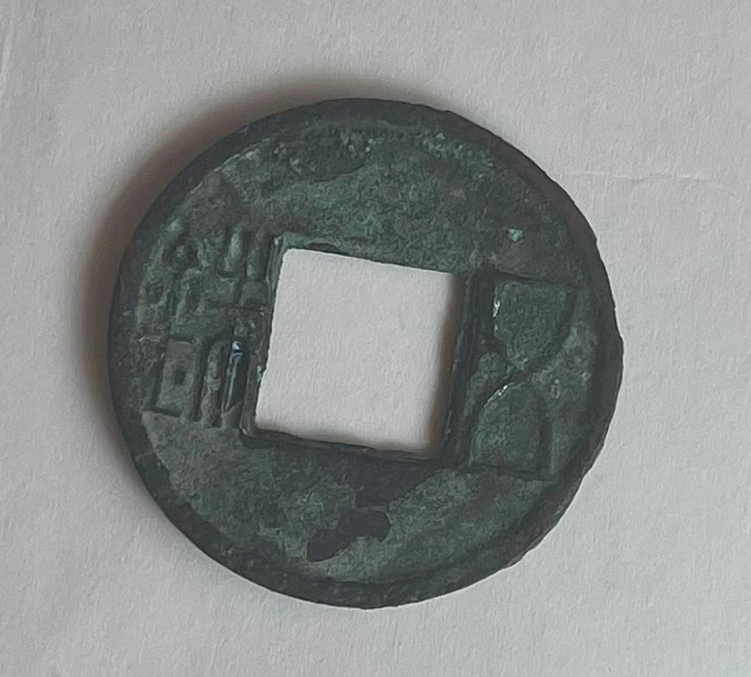
漢武帝首創“五銖錢”。漢武帝即位后,“外事四夷,內興功利”急需開辟財源。同時郡國自由鑄錢,造成幣制混亂,物價上漲,威脅中央財政。于是漢武帝公元前118年下令廢除漢初郡國制幣權,改由中央統一鑄幣。設“上林三官”即鐘官(掌鑄錢)、辨銅(掌原料)、均輸(掌制范),組成中央鑄幣機構負責鑄造五銖錢,也稱上林錢和三官錢。五銖錢質量高,改變了貨幣混亂現象,有利于中央集權和經濟發展。從漢武帝起歷西漢,新莽,東漢,魏、晉、南北朝到隋唐共七百多年。五銖長期為歷朝法定貨幣。因五銖錢輕重合宜,中國以“五銖”為主要形制的方孔圓錢還影響日本、安南、朝鮮等國。而泰國的貨幣單位仍稱“銖”與此不無關系。
Emperor Wudi initiated "five baht money". After Emperor Wudi came to the throne, there was an urgent need to open up financial resources. At the same time, counties and states freely cast money, causing confusion in the currency system, rising prices, threatening the central finance. So in 118 BC, Emperor Wudi of Han Dynasty ordered the abolition of the early Han Dynasty county system of currency right, the central unified coinage. Set up "Shanglin three official" namely bell official (palm casting money), copper (palm raw material), all lost (palm system), the formation of a central coinage institution responsible for casting five baht money, also known as Shanglin money and three official money. The high quality of five baht money has changed the phenomenon of monetary chaos, which is conducive to centralization and economic development. From Emperor Wudi of the Han Dynasty to the Western Han, Xinmang, Eastern Han, Wei, Jin, Southern and Northern Dynasties to Sui and Tang Dynasties, a total of 700 years. Five baht has long been the legal tender of all dynasties. Due to the appropriate weight and weight of five-baht money, China's square-hole yuan money mainly in the form of "five-baht" also influenced Japan, Annan, Korea and other countries. It has something to do with the fact that Thailand's currency unit is still called the baht.
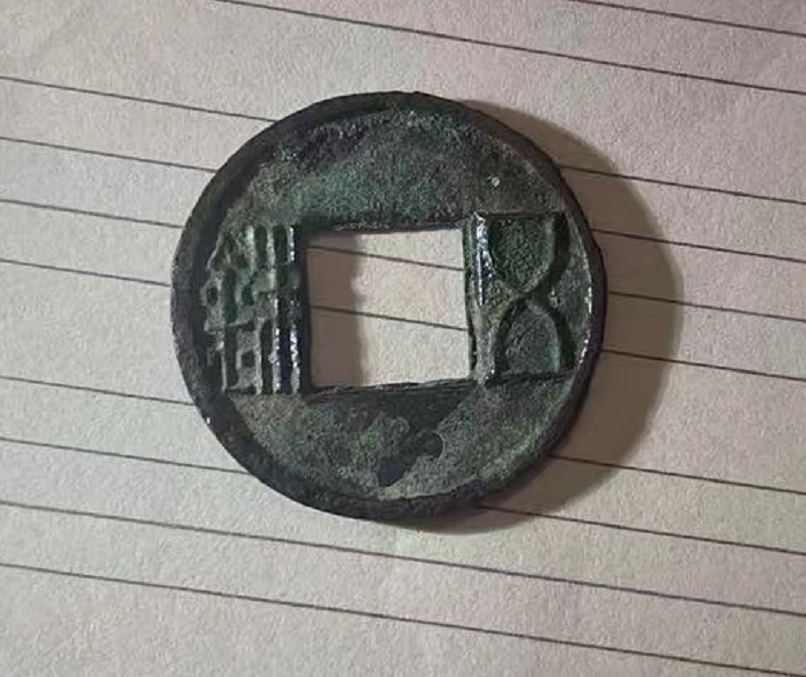
新莽幣制大亂與鑄錢精品問世。西漢晚期,王莽建新朝,托古改制,濫發貨幣。如:“大泉五十”是王莽上臺后為解決經濟危機而鑄行的一種大錢。“泉”是“錢”字的借用。王莽相信緯學說,在他奪取劉姓天下后,為諱忌“劉”字,劉字由卯、金、刀三字組成,故錢文中不用“金”字而用“泉”。一枚“大泉五十”重量只及西漢五銖錢重量的二個半,卻要當五十個五銖錢用。意味著每發行一枚大錢就要從百姓手中奪走四十七個半五銖錢財富,這必然引起人民不滿,于是民間仍用五銖錢交易。為此王莽以重刑酷法規定:凡敢私藏五銖錢者將作為犯人充軍戍邊。由幣制混亂可見王莽統治不得人心,必垮無疑。
Emperor Wudi initiated "five baht money". After Emperor Wudi came to the throne, there was an urgent need to open up financial resources. At the same time, counties and states freely cast money, causing confusion in the currency system, rising prices, threatening the central finance. So in 118 BC, Emperor Wudi of Han Dynasty ordered the abolition of the early Han Dynasty county system of currency right, the central unified coinage. Set up "Shanglin three official" namely bell official (palm casting money), copper (palm raw material), all lost (palm system), the formation of a central coinage institution responsible for casting five baht money, also known as Shanglin money and three official money. The high quality of five baht money has changed the phenomenon of monetary chaos, which is conducive to centralization and economic development. From Emperor Wudi of the Han Dynasty to the Western Han, Xinmang, Eastern Han, Wei, Jin, Southern and Northern Dynasties to Sui and Tang Dynasties, a total of 700 years. Five baht has long been the legal tender of all dynasties. Due to the appropriate weight and weight of five-baht money, China's square-hole yuan money mainly in the form of "five-baht" also influenced Japan, Annan, Korea and other countries. It has something to do with the fact that Thailand's currency unit is still called the baht.
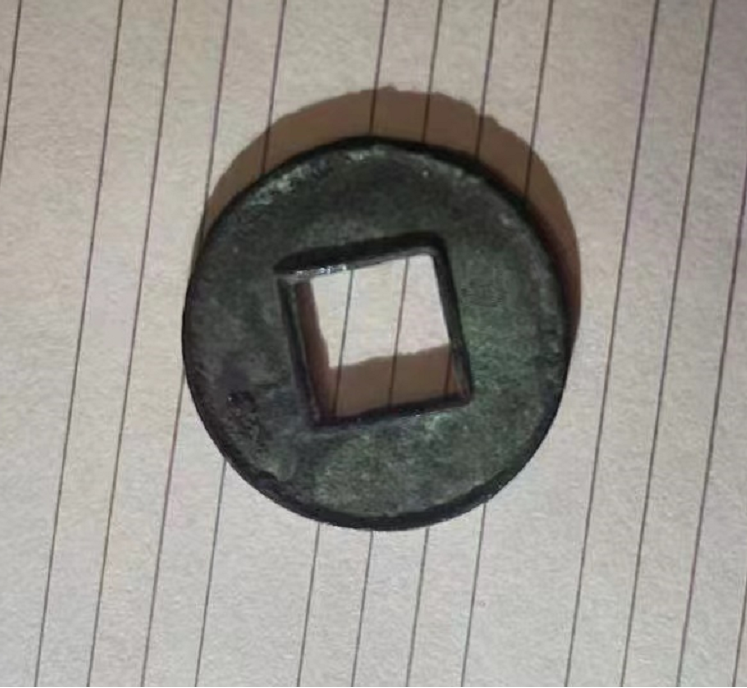
據《漢書》記載,漢五銖是武帝時期鑄造的。武帝元狩五年(公元前118年),“廢五銖五銖”。這個時候,各郡都可以鑄造錢幣,《食貨志》說:“請諸國鑄五銖,以周郭為貴。”至元鼎三年(公元前114年),“因郡國鑄錢,民多奸鑄,錢多”,“令京師鑄官”鑄赤仄五銖,并規定“非赤仄不可賦官”。這就是五銖。至元鼎四年,因“赤金不貴,民巧易用”。于是,朝廷禁止鑄錢,只命上林三官鑄,“三官錢不能流通”,郡國之前鑄造的錢,全部廢止,輸入三官。以后天下鑄錢,都是由三官統一而成,到了這個時候,錢幣才算是真正的統一。
According to the Book of Han, Wuzhu was minted during the reign of Emperor Wudi. Wu Di Yuan Wu five years (118 BC), "waste five baht five baht". At this time, each county can cast coins, "food annals" said: "please cast five baht, Zhou Guo is expensive." In the third year of Yuan Ding (114 BC), "Because the county and state cast money, and the people cast money," "ordered the capital to cast officials" to cast chek and chek and five baht, and stipulated that "no official should be appointed unless chek and chek". That's five baht. To the Yuan Ding four years, because "gold is not expensive, people are skillful and easy to use." Therefore, the court banned the casting of money, only life on Lin SAN Guan cast, "three official money can not circulate", county before the casting of money, all abolished, input three officials. In the future, all the coins in the world will be unified by the three officials. At this time, the coins will be truly unified.
此藏品是胡先生個人多年收藏的珍藏品,即將交于陜西藝術品市場我公司網絡市場部專員運作推廣,對此件藏品感興趣的收藏家及時回復市場客服或與本公司國際市場負責人聯系
該藏品將在藝術品大型活動展廳展出,如有對此件藏品感興趣的藏友,歡迎蒞臨公司賞析,廣大收藏家可以通過我們官方網站、微信公眾平臺了解詳情,如需意向購買,提前辦理好相關手續!需要購買的買家可以聯系:市場部小許
它集藝術品鑒定、評估、展覽、交易、國際拍賣等服務為一體的大型藝術品綜合服務公司。
公司致力于打造中國優質的藝術品交易服務平臺,專注于藝術品和收藏品的鑒定、展覽、銷售、拍賣、宣傳推廣等服務。注重于為客戶提供網展網銷、展廳展銷、人員直銷、拍賣會成交等全方位的綜合銷售模式,促進客戶藏品快速高價成交。
通過三百多家國際媒體宣傳推廣運作,舉辦商務酒會,建立高端買家俱樂部,聯誼各地收藏家協會、各地商會等多種靈活有效的形式積累高端買家資源。公司秉持公平、公正、公開的交易原則,為藏家和買家之間搭建起橋梁和紐帶,為藏品銷售建立起一條交流合作的快速通道。
